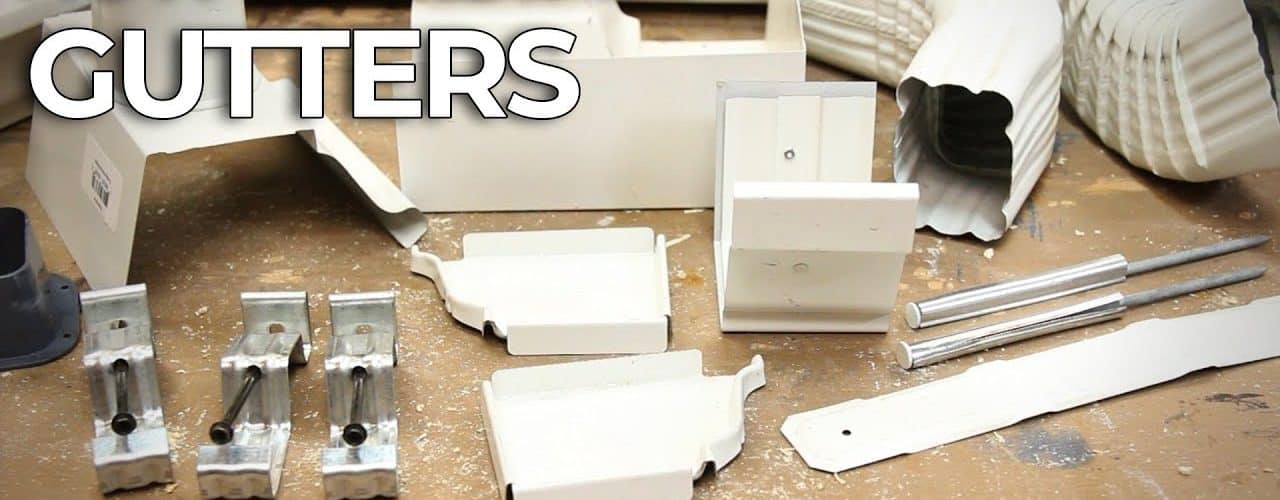Installing gutters onto your home can be done easily with the help of a friend or neighbor; this is not a one-person job. It is always best to ask for guidance and advice from a professional or those working at a hardware or home supply store. They can give you additional installation and safety tips that can be quite useful.
Types of Gutters:
There are many different sizes, shapes, colors, and materials to choose from. Common gutter materials include steel, aluminum, zinc, and copper. Aluminum gutters are the most common material as they are inexpensive, lightweight, corrosion-resistant, and east to work with. Copper and zinc gutters are more expensive but offer a luxurious look and feel to the home. For those who live in snowy climates, steel is a great option. It is more durable and stronger than aluminum and can withstand ice buildup, snowstorms, and heavy winds.
Getting Started:
Ideally, the gutters should catch the water as it comes off the roof and channel it down to an area that has adequate drainage. This protects the home from water damage and ensures a safe home. Before installing the gutters, be sure to look at the exterior of your home to determine the best position and drainage area for the gutters. Gutters come in ten-foot sections, so be sure to accurately measure the edges of your roof, adding an additional 10 %, as you will need to cut pieces to fit. Be sure you have all the materials needed to install the gutters, such as corners, elbows, mounting brackets, drop outlets, and end pieces.
Installing the Gutters:
First, mark your roof ½ inch down from the edge, away from the downspout location. Move to the end with the downspout and mark a spot ½ inch from the roof. Take a string to make sure the marks are level and adjust as necessary. It is important for the gutters to be level so they can adequately drain rainwater away from the home. Next, calculate the slope needed for the water to best flow towards the downspout. Ideally, your gutters should slope at least ¼ of an inch for every 10 feet. Use a chalk line to mark the slope. Measure the sections of your gutters and cut them to fit your roof measurements.
Be sure to wear gloves while cutting and installing the gutters to prevent any injuries. If using aluminum gutters, you will need tin snips to mark where to cut the gutter, otherwise, use a square to mark the cut lines. Next, install the mounting brackets. It is easiest to use a power drill and rust resistant screws for this type of job. Having someone stabilize your ladder, install the sections of the gutters to the mounting brackets, joining the sections with gutter connectors. You can use small amounts of silicon caulk to prevent water leaking through the seams of the gutters. Next, install the elbow at the bottom of the drop outlet. Measure and cut the downspout and then install it to the base of the drop outlet. Firmly attach the downspout to the side of your home using mounting brackets. Enjoy your new gutters and the safety and reassurance they will bring during the next rainstorm.



